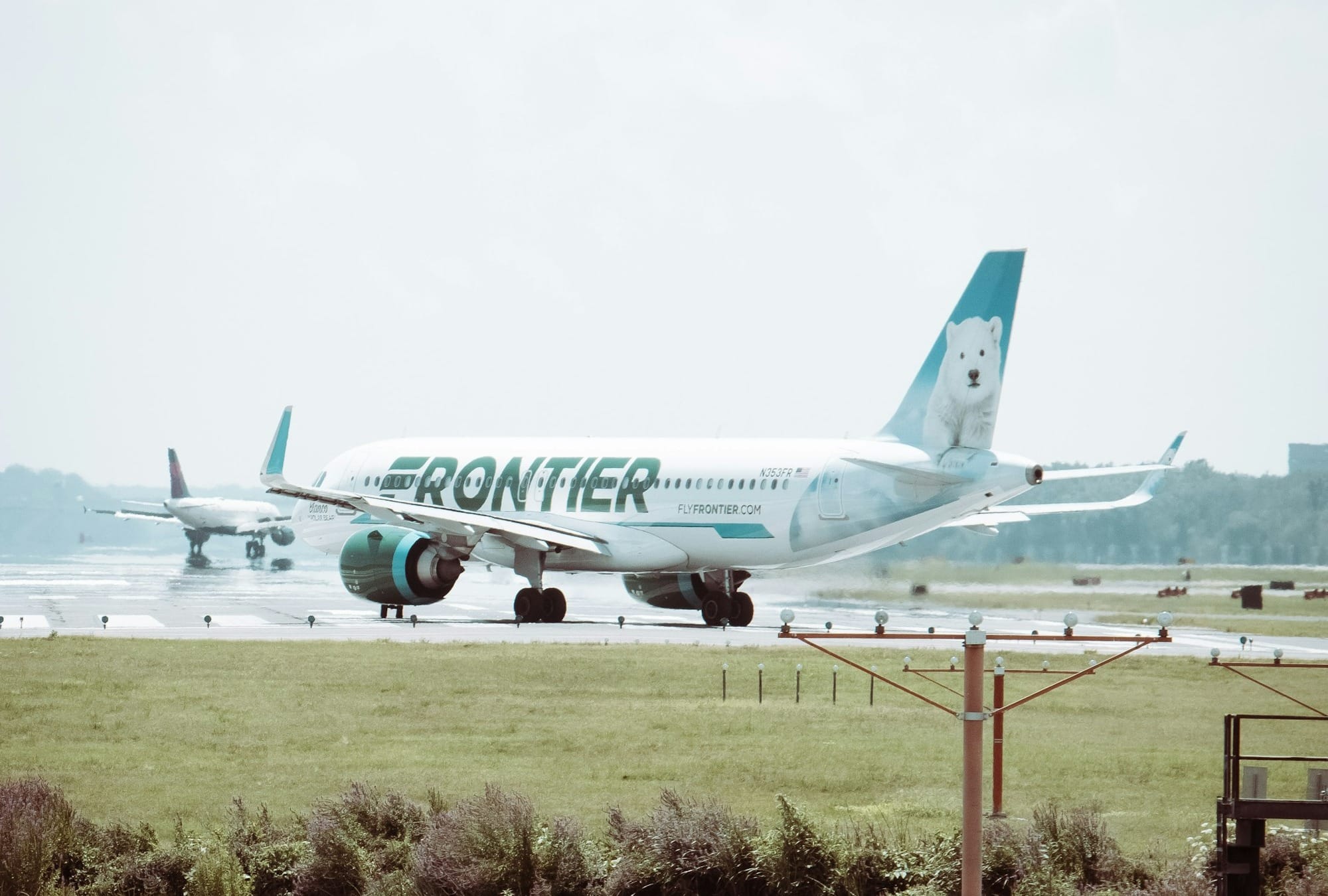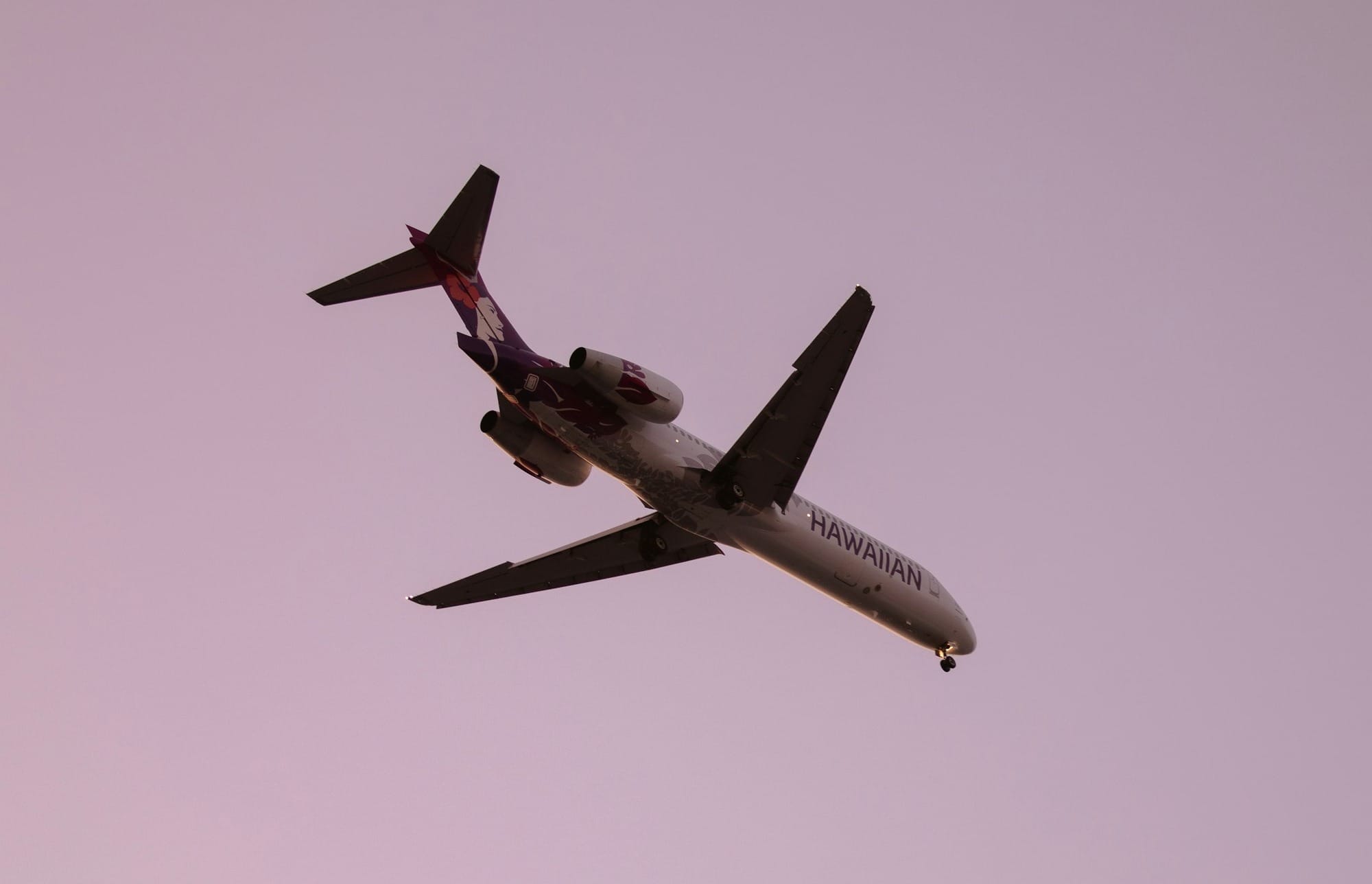Emirates and United Airlines Strengthen Partnership with Expanded Codeshare Agreement
The partnership between Emirates and United Airlines was initially established in September 2022, marking a significant shift in the relationship between Middle Eastern and U.S.

Emirates and United Airlines Strengthen Partnership with Expanded Codeshare Agreement
Key Takeaways
- Enhanced Connectivity: The expanded codeshare agreement increases the number of destinations available to passengers of both airlines.
- Streamlined Travel: Improved connections and coordinated schedules enhance the travel experience.
- Loyalty Benefits: Expanded opportunities for frequent flyer members to earn and redeem miles.
- Strategic Growth: Both airlines strengthen their global networks and competitive positions.

Background of the Partnership
The partnership between Emirates and United Airlines was initially established in September 2022, marking a significant shift in the relationship between Middle Eastern and U.S. carriers. This initial agreement allowed customers of both airlines to access each other's networks, creating new and more convenient travel options.
The original partnership included:
- United launching a new direct flight between Newark and Dubai
- Codeshare arrangements on select routes
- Reciprocal frequent flyer benefits
The success of this initial collaboration has paved the way for the current expansion, demonstrating the value both airlines see in deepening their partnership.
Details of the Expanded Codeshare Agreement
The expanded codeshare agreement significantly increases the number of destinations available to passengers of both airlines. Key aspects of the expansion include:
- Increased Network Access: Emirates customers will gain access to over 200 U.S. destinations in United's network, while United customers will be able to book flights to over 100 destinations served by Emirates and its sister airline, flydubai.
- Seamless Connections: The agreement facilitates smoother connections between the U.S., Middle East, Africa, and Asia, leveraging Dubai's strategic location as a global aviation hub.
- Enhanced Frequent Flyer Benefits: Members of Emirates Skywards and United MileagePlus programs will enjoy expanded opportunities to earn and redeem miles across both networks.
- Improved Baggage Handling: The partnership includes enhanced interline baggage services, allowing for more efficient transfers and reduced risk of lost luggage.
- Coordinated Flight Schedules: Both airlines will work to align their schedules to optimize connection times and provide more convenient travel options for passengers.
Benefits for Passengers
The expanded codeshare agreement offers several key benefits for travelers:
- Increased Travel Options: Passengers will have access to a wider range of destinations and flight options, providing greater flexibility in travel planning.
- Simplified Booking Process: Customers can book their entire journey through either airline's website or mobile app, streamlining the booking experience.
- Seamless Transfers: The agreement facilitates smoother connections between flights, reducing layover times and improving overall travel efficiency.
- Enhanced Loyalty Program Value: Frequent flyers will have more opportunities to earn and redeem miles across both airlines' networks, increasing the value of their loyalty program memberships.
- Improved Customer Service: The partnership allows for better coordination in handling disruptions or changes to travel plans, potentially leading to improved customer service experiences.
Strategic Importance for Emirates and United Airlines
This expanded partnership holds significant strategic value for both airlines:
- Network Expansion: Both carriers can effectively expand their global reach without the need for significant capital investment in new routes or aircraft.
- Competitive Positioning: The partnership strengthens both airlines' competitive positions against other global alliances and partnerships.
- Revenue Opportunities: By offering more destinations and travel options, both airlines can potentially increase their revenue through shared bookings and increased passenger traffic.
- Operational Efficiencies: Coordinated operations can lead to cost savings and improved resource utilization for both carriers.
- Market Presence: The agreement allows both airlines to enhance their presence in key markets where they may not have a strong individual foothold.
Industry Context and Trends
The expanded partnership between Emirates and United Airlines reflects broader trends in the aviation industry:
- Shift in U.S.-Middle East Relations: This partnership represents a significant shift from the previous tensions between U.S. and Middle Eastern carriers over issues such as government subsidies and market access.
- Focus on Partnerships Over Alliances: Many airlines are opting for bilateral partnerships rather than joining traditional global alliances, allowing for more flexibility and targeted cooperation.
- Recovery Strategies Post-COVID: As the aviation industry continues to recover from the impacts of the COVID-19 pandemic, strategic partnerships are seen as a way to rebuild networks and stimulate demand.
- Emphasis on Customer Experience: Airlines are increasingly focusing on providing seamless, end-to-end travel experiences for passengers, which partnerships like this can facilitate.
Challenges and Considerations
While the expanded partnership offers numerous benefits, there are also challenges and considerations to be addressed:
- Regulatory Approval: The expanded agreement may require approval from various regulatory bodies, which could potentially delay or modify aspects of the partnership.
- Operational Integration: Aligning systems, processes, and standards between two large airlines can be complex and may require significant investment and effort.
- Cultural Differences: Managing a partnership between airlines from different regions and with distinct corporate cultures can present challenges in decision-making and operations.
- Competitive Responses: Other airlines and alliances may respond with their own strategic moves, potentially intensifying competition in key markets.
Future Outlook
The expanded partnership between Emirates and United Airlines sets the stage for potential further collaboration:
- Joint Ventures: The success of this codeshare agreement could lead to deeper cooperation, possibly in the form of revenue-sharing joint ventures on certain routes.
- Technology Integration: Future developments may include closer integration of booking systems, customer service platforms, and operational technologies.
- Sustainability Initiatives: As both airlines focus on sustainability, the partnership could extend to joint efforts in areas such as sustainable aviation fuel development and carbon offset programs.
- Expansion to Other Partners: The success of this partnership could pave the way for similar agreements with other airlines, further expanding the global networks of both carriers.
Conclusion
The expanded codeshare agreement between Emirates and United Airlines represents a significant development in the global aviation landscape. By leveraging their respective strengths and networks, both airlines are positioning themselves to better serve their customers and compete in an increasingly complex market.
This partnership reflects the evolving nature of international air travel, where cooperation and connectivity are becoming increasingly important. As passengers seek more seamless and comprehensive travel options, partnerships like this one are likely to play a crucial role in shaping the future of the aviation industry.
The success of this expanded agreement will depend on effective implementation, customer adoption, and the ability of both airlines to navigate the complex regulatory and operational challenges inherent in such partnerships. If successful, this collaboration could serve as a model for future partnerships in the aviation industry, potentially reshaping global air travel patterns and enhancing the travel experience for millions of passengers worldwide.
Q&A Section
Q: What is the main goal of the expanded codeshare agreement between Emirates and United Airlines? A: The main goal is to enhance connectivity for passengers, streamline travel experiences, and strengthen both airlines' global networks.
Q: How will the expanded agreement benefit frequent flyer members? A: Members of Emirates Skywards and United MileagePlus programs will enjoy expanded opportunities to earn and redeem miles across both networks.
Q: What are some of the challenges associated with the expanded partnership? A: Challenges include regulatory approval, operational integration, managing cultural differences, and potential competitive responses from other airlines.
Q: How does this partnership reflect broader trends in the aviation industry? A: It reflects trends such as the shift in U.S.-Middle East relations, a focus on partnerships over alliances, recovery strategies post-COVID, and an emphasis on customer experience.
Q: What future developments could arise from this expanded partnership? A: Potential future developments include joint ventures, technology integration, sustainability initiatives, and expansion to other partners.







